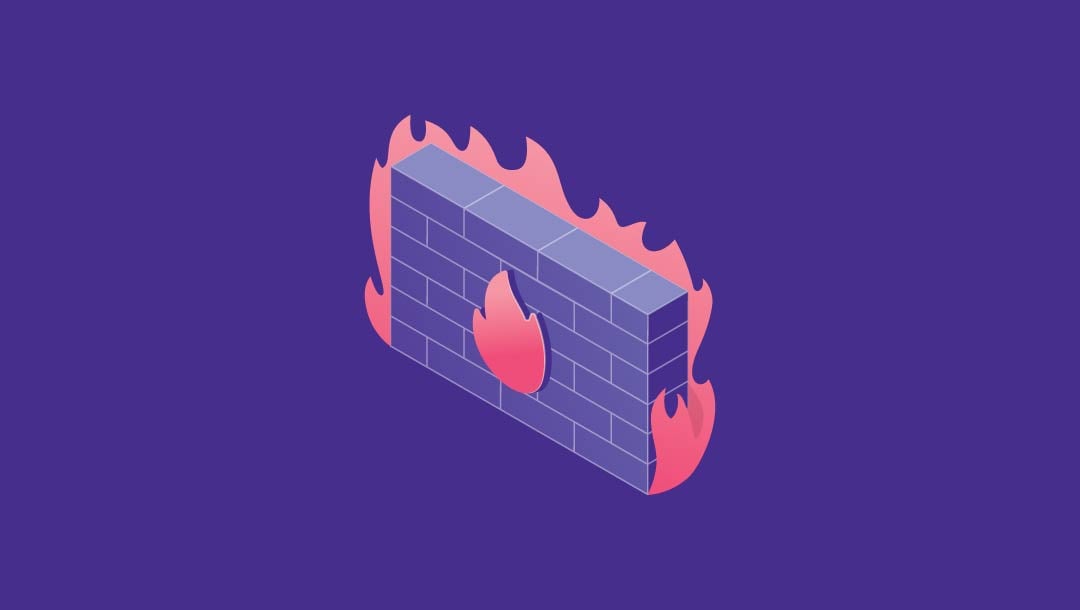
-
Top Technologies Shaping The Future Of Online Security
22 Jan 2023 by Russel Gerber in Vibe
Today we all rely on computers and digital services. We use them for personal things, socializing, communicating, learning, and work, and online services are constantly getting better and more personalized.
The main reason is that they gather relevant data so they can deliver better experiences to their users. This data also includes user data, and we are generating and leaving more sensitive information online than ever, leading to some crucial security risks.
Cybersecurity works on securing this data by utilizing some of the latest technology, which we will discuss below. Here are some of the latest tech solutions that are improving our online security.
1. Cloud Computing
Cloud computing is at the center of many online services, hosting different tools and applications, including networking solutions, software, data storage, servers, and databases. Instead of saving files on local storage, cloud technologies allow companies to access data remotely and share it with everyone.
Most companies have adopted cloud solutions since they offer data recovery, efficiency, speed, performance, reduced costs, easy scalability, etc. However, even though the cloud is safe, it carries different security risks than cloud storage.
Trusted IT companies like Milnsbridge Managed IT specialize in cloud backup solutions for your peace of mind.
2. App Security
Apps are software designed for specific tasks on mobile or computer devices. They are a big focus of modern hackers, and unauthorized data transmission is common. Data leakage is a big issue as people extract user data directly from their apps and abuse it in many ways.
The data can also include sensitive business information. There are many ways cybercriminals do this. They create fake apps, send malicious messages, or exploit the weaknesses of these apps. That’s why developers need to add and test the security of their apps early on to spot any vulnerabilities.
Teams are already starting to use DevSecOps to tackle these issues. What is DevSecOps? It’s basically a new development methodology that incorporates security testing in the early stages of the development process.
3. Blockchain Systems
Blockchain platforms are popping up quickly. These systems store information in a completely different way, making it impossible for hackers to breach them, change, or chat in any way. Blockchain systems are digital ledgers that record transactions.
These transactions are duplicated and spread out through a network system of devices that make the blockchain. Still, developers are struggling with the endpoint vulnerabilities of these systems. At the same time, phishing attacks target blockchain users and infiltrate systems.
We are just diving into the world of blockchain, and even though there’s a lot of potential, some security concerns also need to be tackled. The blockchain contains built-in DLT features and transparency immutable that process the availability, confidentiality, and integrity of the information that can be used for cybersecurity in general.
4. AI And ML
Artificial intelligence and machine learning are everywhere. AI represents a program that simulates human cognitive intelligence and imitates humans. Machine learning is a sub-branch of AI, and it focuses on creating computer algorithms that learn through provided data to make decisions and find patterns.
Both of these technologies are being introduced into various industries and niches. They are used in project management tools, development platforms, games, apps, etc. Most importantly, they are used to create reliable security solutions.
AI and ML are both targeted by cybercriminals and used by companies and security specialists to prevent attacks, monitor patterns, recognize breaches, spot vulnerabilities, etc.
5. IoT
The IoT (Internet of Things) systems are all devices you can connect to the internet or with other similar devices. IoT networks can include dozens of objects, devices, and people that gather, share and analyze data.
IoT devices can be very different. They could be small smartwatches, refrigerators, or self-driving cars. These devices have integrated sensors to detect what’s happening around them. Smart homes are large IoT systems.
Even though these solutions make our lives very comfortable, they are a significant security liability as they can access data and real-time feeds. That’s why they will be substantial investments in securing IoTs against breaches.
6. Firewall Systems
Firewalls are network security devices that monitor all traffic while determining which traffic should be blocked using predefined security standards. Firewalls can include hardware, software, or both. They are essential for modern cyber security and are used widely.
New firewalls are being developed constantly. Since many new technologies have been introduced in the online world, it’s vital to create firewalls that will meet their security needs and ensure no breaches.
Conclusion
These technologies all have a single thing in common – they can create security liabilities and help protect us from security breaches. All of them are going in the right direction, and it’s up to governments and security institutions to implement them where needed.
Latest News
-
Game, Seth, Match – Goodbye 2024
Hey Guys - thought I’d just give a quick reach-around and say a big thank you to our rea...
-
Breakfast Of Champions: Hollywoodbets Kenilworth Racecourse Breakfast Gallops Is Back!
[imagesource:CapeRacing] For a unique breakfast experience combining the thrill of hors...
-
Need NYE Plans? Cafe Caprice’s Night Of Enchantment Masquerade Party Could Do The Trick
[imagesource:howler] If you're still stumped about what to do to ring in the new year -...
-
Buckingham Palace Steps In After Staff Christmas Party Spirals Out Of Control
[imagesource:maxandeli/facebook] It's not just in corporate that staff parties get a li...
-
Designer Babies Are Running Into Trouble As Teens, Grappling With Being ‘Experiments’
[imagesource:here] Imagine being born with the weight of your parents’ version of per...
-






























